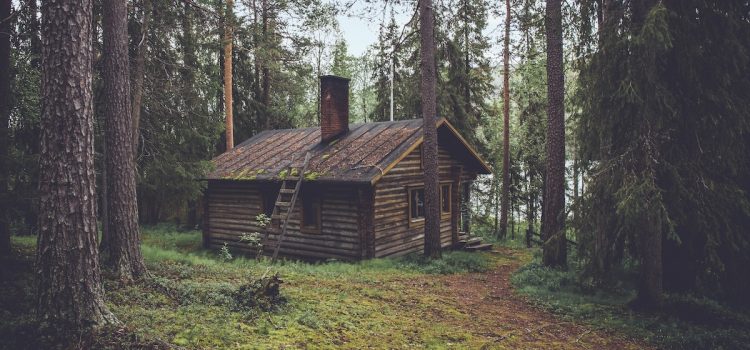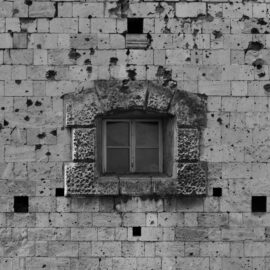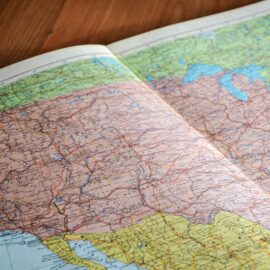

This article is an excerpt from the Shortform book guide to "Walden" by Henry David Thoreau. Shortform has the world's best summaries and analyses of books you should be reading.
Like this article? Sign up for a free trial here.
Did Henry David Thoreau build the cabin he lived in at Walden Pond? How much did it cost him? What famous philosopher owned the land?
We often focus on the philosophical reasons why Henry David Thoreau went to the woods to live and think little about the logistical aspects of such a move. Before he could make Walden his home, he had to turn a patch of woods into a cabin.
Read more to learn about Henry David Thoreau’s cabin at Walden Pond.
Henry David Thoreau’s Cabin
Henry David Thoreau’s cabin was built a mile and a half south of Concord, Massachusetts, near Walden Pond. He explains that he chose a spot situated in the middle of a forest of young pitch pines and hickories. He felled pines, salvaged building materials, dug a cellar, and (with the help of friends) built a 10-by-15-foot cabin. He furnished the cabin simply, with a bed, a desk, a table, three chairs, and a few small household items.
(Shortform note: The passages of Walden where Thoreau lists the materials he used to build his cabin have been compared to similar lists in Robinson Crusoe and Huckleberry Finn. Such lists seem to highlight their writers’ childlike sense of possibility. One writer notes that Thoreau’s choice to build his cabin within walking distance of home might sound a bit reminiscent of a child going camping in his family’s backyard. Perhaps that’s not an inaccurate comparison: It’s rumored that Thoreau’s mother did his laundry, and scholars say he often ate dinner at her house. He also continued to help run his family’s pencil factory during his time at Walden.)
Thoreau adds up all of the expenses associated with building and outfitting the cabin and finds that it cost him $28.12. That’s less than the $30 it cost at the time to rent a room for a year in nearby Cambridge. (Shortform note: $30 in 1845 is equivalent to about $1,200 in 2023. Thoreau’s list of costs parodies similar lists found in the house pattern books popular at the time.)
Thoreau writes that he considered the construction costs a good investment because a well-built cabin provides shelter for many years. On July 4, 1845, he began living full time in the cabin, even though it wasn’t finished yet. He continued to work on it after he moved to Walden, and he finished building the chimney and plastering the walls before winter.
(Shortform note: The land where Thoreau’s cabin stood belonged to his mentor, philosopher Ralph Waldo Emerson, who bought it spontaneously. It wasn’t valuable—Thoreau writes that each acre cost $8.08 (about $327 in 2023)—because its soil was infertile. For that reason, it had been some of the only land offered to formerly enslaved people decades earlier. By the time Thoreau arrived, a village that scholars call “Black Walden” had come and gone: Formerly enslaved people built a settlement, but struggled to survive. In Black Walden, Elise Virginia Lemire writes that the residents were only as free as society allowed them to be. They were punished for seeking a self-sufficiency more arduous than the kind Thoreau later pursued.)

———End of Preview———
Like what you just read? Read the rest of the world's best book summary and analysis of Henry David Thoreau's "Walden" at Shortform.
Here's what you'll find in our full Walden summary:
- The philosophy behind Henry David Thoreau's classic novel
- How you can build a meaningful life by living in harmony with nature
- A look at how Thoreau spent his time at Walden Pond, outside the book






